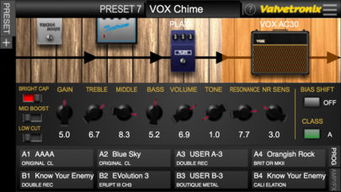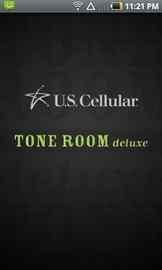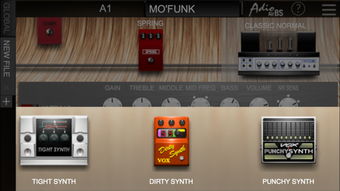Understanding Room Tone: A Comprehensive Guide
Room tone, often overlooked in audio production, plays a crucial role in creating an immersive experience for the audience. In this detailed guide, we will delve into the various aspects of room tone, its importance, and how to effectively utilize it in your projects.
What is Room Tone?

Room tone refers to the natural sound of a space, capturing the ambient noise and reverberation present in a particular location. It is a single-channel audio recording that represents the overall sound of a room, without any specific sound source.
Room tone is distinct from ambient sound, which includes various sound sources within the room. The primary purpose of room tone is to provide a consistent background noise throughout the audio production, ensuring that the audience remains focused on the intended sound sources.
Why is Room Tone Important?

Room tone serves several essential purposes in audio production:
| Aspect | Description |
|---|---|
| Immersive Experience | Room tone helps create a realistic and immersive environment, allowing the audience to feel as if they are present in the scene. |
| Consistency | By using room tone, you can maintain a consistent background noise throughout the production, avoiding sudden shifts in sound levels. |
| Focus on Sound Sources | Room tone helps the audience concentrate on the intended sound sources by masking unwanted background noise. |
| Enhanced Realism | Room tone adds depth and realism to the audio production, making it more engaging and believable. |
How to Record Room Tone

Recording room tone is a straightforward process, but it requires attention to detail:
- Position the microphone in the center of the room, ensuring it captures the overall sound.
- Record for an extended period, typically around 30 seconds to 1 minute, to capture the natural fluctuations in room tone.
- Use a high-quality microphone and a stable recording device.
- Consider recording multiple room tones in different locations and at different times to have a variety of options for your project.
Utilizing Room Tone in Post-Production
Once you have recorded the room tone, you can incorporate it into your audio production during post-production:
- Apply room tone to the audio track during the editing process to maintain consistency.
- Adjust the volume and balance of the room tone to blend seamlessly with the other audio elements.
- Use room tone creatively to enhance the atmosphere of a scene, such as during a quiet moment or a conversation.
Common Challenges and Solutions
Recording and utilizing room tone can present some challenges, but there are ways to overcome them:
- Challenge: Room tone is too loud or too soft.
- Solution: Adjust the volume of the room tone during post-production to match the desired level.
- Challenge: Room tone contains unwanted noise or artifacts.
- Solution: Use noise reduction techniques or re-record the room tone in a quieter environment.
- Challenge: Room tone is not consistent throughout the production.
- Solution: Record multiple room tones and mix them together to create a consistent background noise.
Understanding and effectively utilizing room tone can significantly enhance the quality and realism of your audio production. By following this comprehensive guide, you will be well-equipped to capture and incorporate room tone into your projects.




